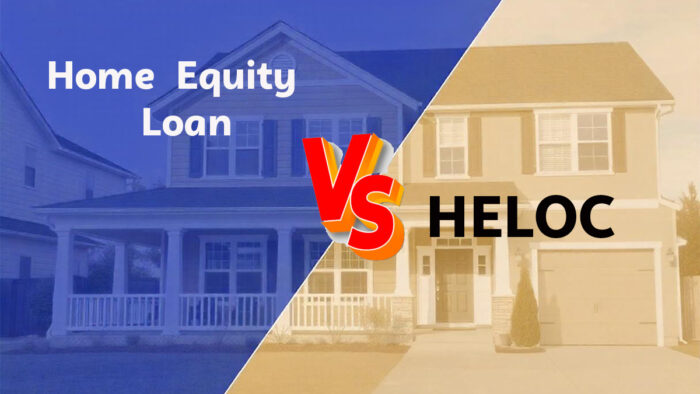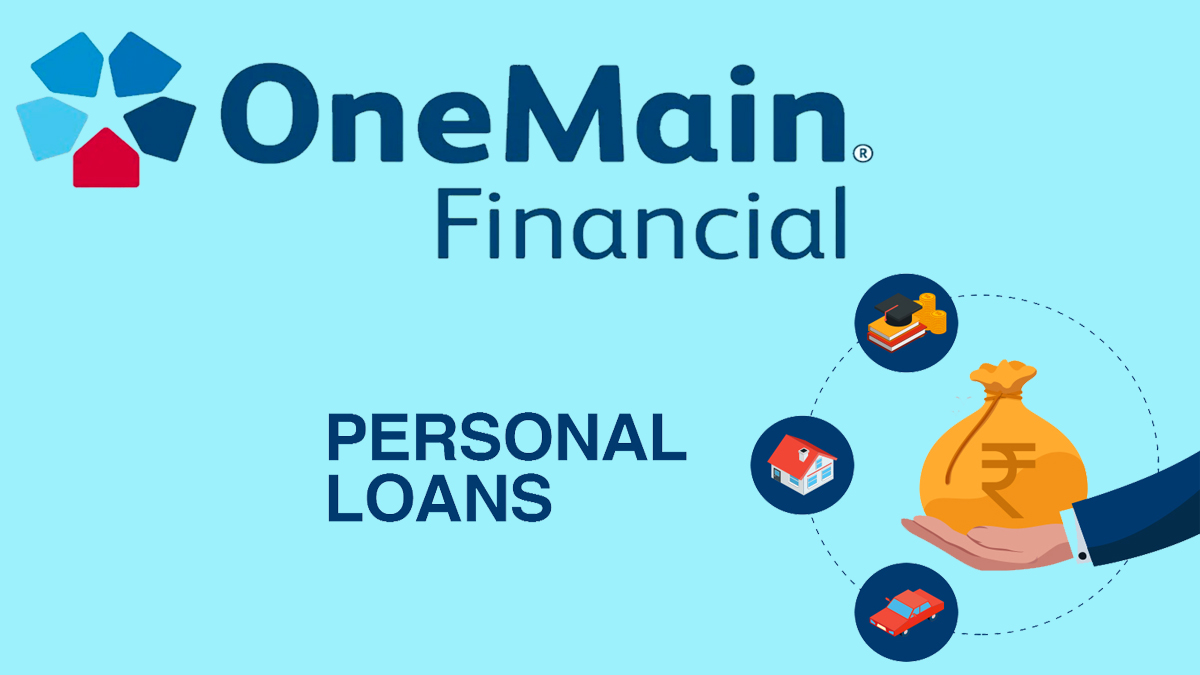What is the difference between a home equity loan and HELOC? Just so you know, as you pay off your mortgage each month, you build equity in your home. And you can make use of the equity for things like debt consolidation, home improvements, or college expenses.

There are two key options for accessing this equity: a home equity loan or a home equity line of credit (HELOC). A HELOC offers a variable credit line, while a home equity loan provides a lump sum of cash with a fixed interest rate. Both of these financing options let you borrow up to 85% of your home’s equity.
In this article, we’ll explain how Home Equity vs. HELOC differ and help you determine which one best suits your financial needs.
HELOC vs. Home Equity Loan: How They Work
Both HELOCs and home equity loans let you have access to the equity that has built in your home. However, you need to know that they work differently.
What is a HELOC?
A HELOC (Home Equity Line of Credit) is a flexible line of credit secured by your home, similar to a credit card. You can borrow up to a set limit, repay what you borrow, and then borrow again during the draw period. Once this period ends, you’ll either need to repay the balance in full or switch to a fixed payment plan.
What is a Home Equity Loan?
A home equity loan, also called second mortgage gives you a lump sum of cash with a fixed interest rate and a set repayment period, typically between five and 15 years. Just as its name implies, it’s repaid second in line if you default on your loans.
Home Equity Loan vs. HELOC: What’s the difference?
Just as I have mentioned above, these two financing options enable you to have access to your home equity. And they will both come with monthly costs, closing costs, and a lien against your home. The below shows the main difference between home equity and HELOC.
| HELOC | Home Equity Loan | |
| Payout type | You can have access to funds anytime you want using checks or card | You get a whole sum payment at once. |
| Interest rates | Usually, you will have a variable rate. | You will have a fixed rate |
| You will pay lower rates compared to that of a home equity loan | You will pay higher rates compared to a HELOC | |
| Payment structure | Your monthly payment depends on the amount you made use of | Your monthly payment depends on the full loan amount you collected |
| During the draw period, you may be able to make interest payments only | Over the entire term of the loan, you will be able to make equal payments monthly | |
| Your monthly payment could go up when the draw period is over | Your monthly payment remains the same until you pay off the balance | |
| Fees and extra costs | In addition to closing costs, you may have membership or annual fees. | You will only pay the closing cost once when you want to close the loan |
| You may be charged a certain amount for paying off the credit line very early | You won’t be charged a dime for closing out or prepaying the loan early. |
HELOC Pros and Cons
To make the right decision, let’s take a look at the benefits and drawbacks of HELOC and home equity loans.
Pros:
- Repeatedly access funds without having to apply again.
- Make low, interest-only payments during the draw period.
- Generally lower interest rates, unlike credit cards or personal loans.
- Interest might be tax-deductible if you make use of it for home improvements.
Cons:
- Payments can increase suddenly because of adjustable interest rates.
- You might face a large balloon payment after the draw period (usually after 10 years).
- Lenders can reduce your credit limit or freeze the line if home values fall.
- APR may not include all closing costs.
- Risk of losing your home if you default on the loan.
Home Equity Loan Pros and Cons
Pros:
- Fixed payments throughout the loan term make budgeting easier and avoid payment shocks.
- Lower interest rates
- Interest might be tax-deductible if you make use of it for home improvements.
- APR includes all closing costs, giving a clear picture of total costs.
Cons:
- Generally higher interest rates than a HELOC or first mortgage.
- Risk of foreclosure if you do not pay back the loan on time.
When is a HELOC a Good Idea?
A HELOC is a good choice if you need to make more than one purchase over time. As it lets you borrow money as needed. It may also be a good choice if you want to keep your monthly payments low.
When is a Home Equity Loan a Good Idea?
A home equity loan can be a very good option if you need a lump sum for a major or big purchase. Or you just prefer the predictability of fixed monthly payments and a steady interest rate.
How Much Can I Borrow With a HELOC or Home Equity Loan?
To find out how much you can borrow with a HELOC or home equity loan, you can make use of a lender calculator based on standard guidelines. For example, if your home is valued at $250,000 and you owe $175,000, you might be able to borrow around $37,500.
If you need to borrow more than the typical 85% limit, it is advisable that you can look for lenders that offer high-LTV (loan-to-value) home equity loans.
HELOC Requirements vs. Home Equity Loan Requirements
To qualify for either a HELOC or a home equity loan, there are requirements you need to meet. For both types of loans, the usual requirements are:
- Minimum Credit Score: 620
- Maximum DTI Ratio: 43%
- Maximum LTV Ratio: 85%
Can I get a HELOC or Home Equity Loan With Bad Credit?
Yes, you can still get a HELOC or home equity loan with bad credit. However, you need to know that a low score may lead to higher interest rates. If your credit score is below 620, you might want to explore cash-out refinance through the FHA or VA; these come with better terms.
What Is a Good Alternative to a HELOC or a Home Equity Loan?
If you need a large lump sum for a fixed expense, you should consider a cash-out refinance or a loan from your 401(k). For short-term needs with low interest, a credit card offering 0% APR for an introductory period might work. As long as you can pay off the balance before the rate ends.
If you’re okay with slightly higher interest rates and want to avoid foreclosure risk, a personal loan could be a good alternative. Each choice has its own advantages and disadvantages, so ensure that you carefully weigh them.



